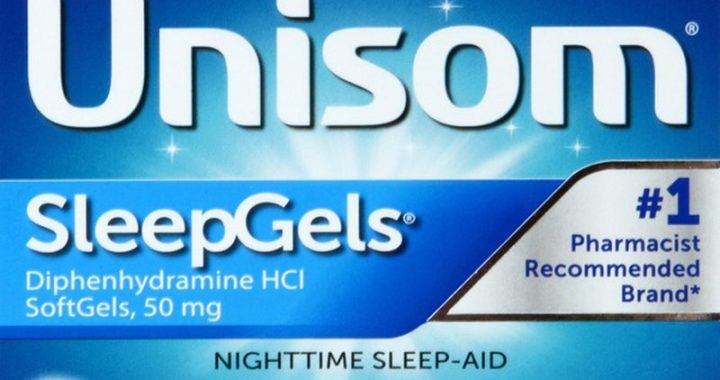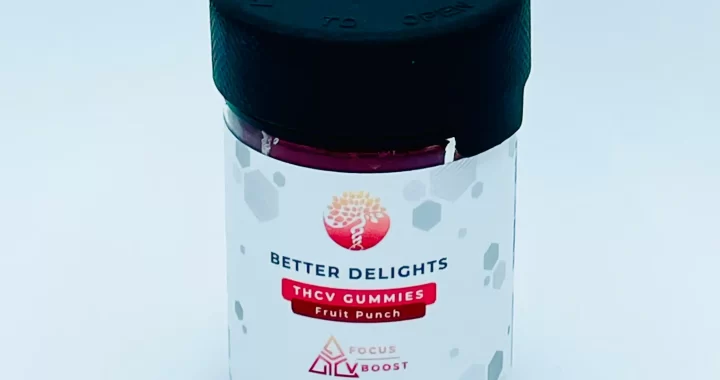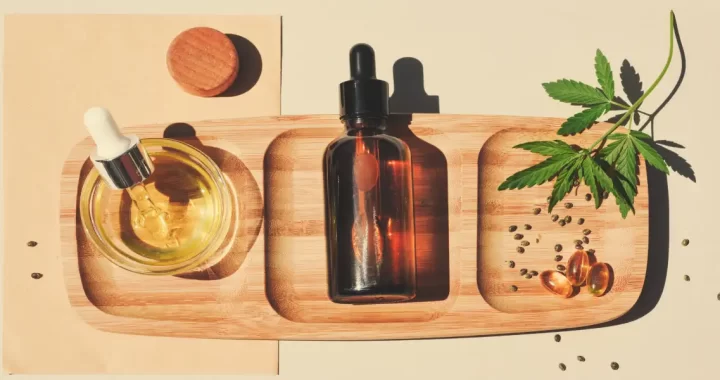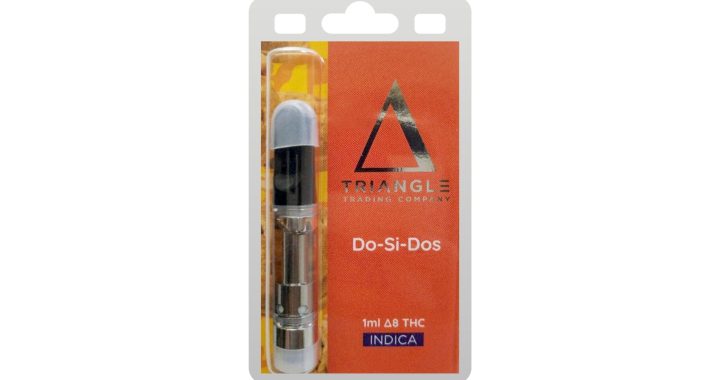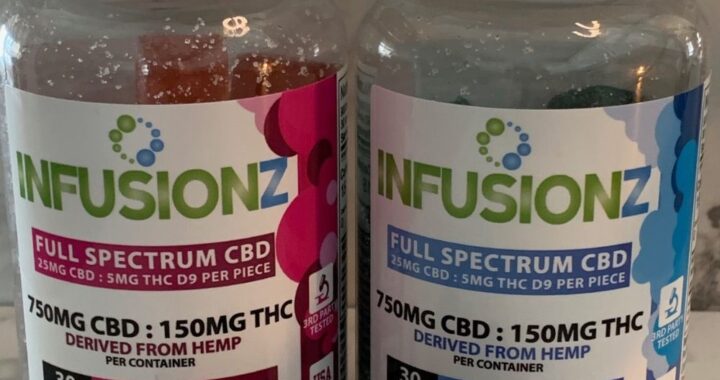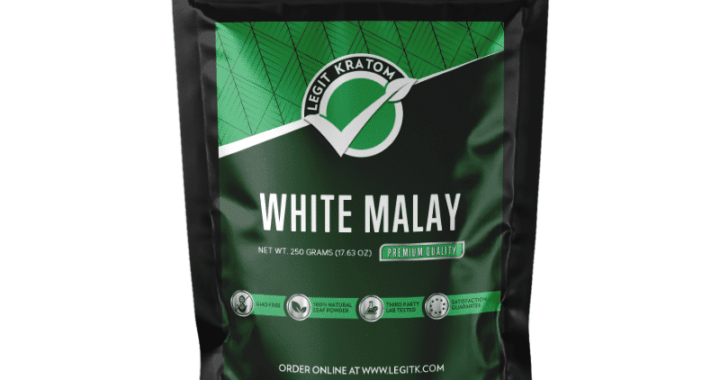Choose the Right Hypodermic Needle for Your Needs
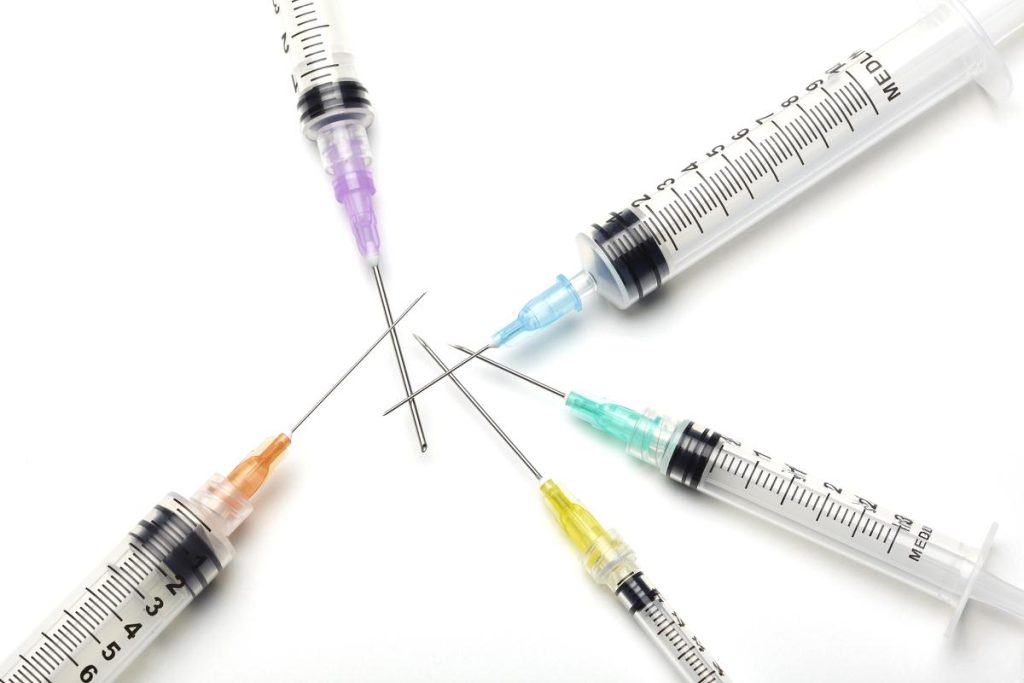
Choosing the right hypodermic needle is essential to ensure safety and accuracy when administering an injection. This can be daunting, as many different types of needles are available on the market today. From ultra-sharp single-use 34 gauge needles for safe injections to reusable stainless steel needles, there is sure to be a needle that fits your specific needs. In this article, we will explore how to choose the right hypodermic needle for your needs so you can make an informed decision when it comes time to purchase one.
Types of needles
1: Types of needles
The type of needle you need depends largely on the type of injection you are giving. Generally speaking, the most common types of needles include disposable syringes with detachable needles, reusable stainless steel needles, and ultra-sharp 34-gauge disposable needles for safe injections. Each type has its own advantages and disadvantages depending on the situation, so understanding what each type offers will help narrow down your search.
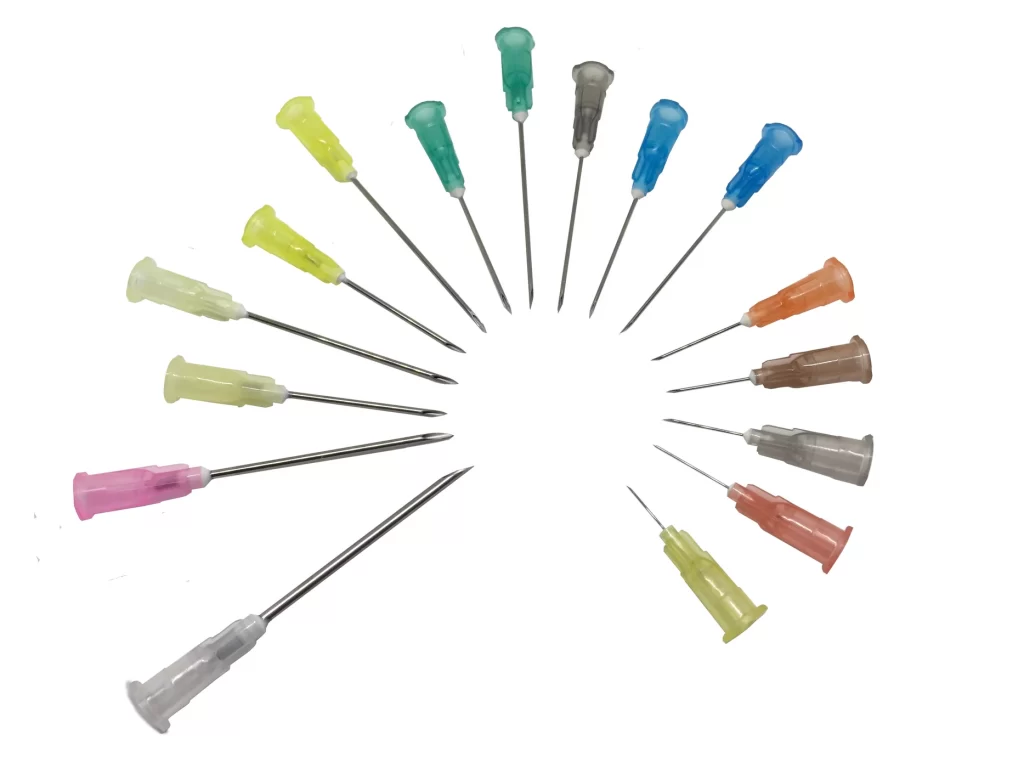
2: Disposable syringes with removable needles
These syringes come pre-loaded with medication and have detachable tips that allow users to easily switch between different sizes or use multiple medications at the same time. They are usually made of plastic or glass, making them easy to use and safe to dispose of after use. Some models also have protective caps to limit accidental exposure from needle sticks or other forms of contamination. These syringes are often used by healthcare professionals in hospitals and clinics, or by homecare providers who administer injections at home.
3: Stainless steel reusable needles
Reusable stainless steel hypodermic needles are designed for repeated use and offer superior performance compared to disposable models due to their robust construction. These types of needles tend to be more expensive than disposable models, but they last longer if cared for properly, saving money in the long run as they don’t need to be replaced as often as disposables. In addition, these needles are ideal if you plan to use larger amounts of medication, as they can handle higher pressures without the risk of breaking or bending as some disposable models may do in such circumstances.
4: Ultra sharp 34 gauge disposable needles for safe injections
When it comes to administering injections safely and accurately, ultra-sharp single-use 34 gauge needles are probably your best bet as their extremely thin diameter allows for precise delivery even with thick fluids such as viscous solutions like vaccines or antibiotics that require slow injection times over several minutes or more. In addition, these types of needles are individually packaged so they remain sterile until needed, eliminating any potential risk of cross-contamination between users or patients when multiple doses need to be administered over a period of time.

5: Safety considerations
Whichever type of hypodermic needle you choose, you must always follow the correct safety protocols during use, including always wearing gloves when handling injectables prior to administration and disposing of used material in accordance with your local medical waste regulations, so that it does not cause environmental damage or pose a health risk to people who may come into contact with it afterward, either directly or indirectly through water contamination, etc.
Conclusion
Choosing the right hypodermic needle can seem like an overwhelming task, but armed with some basic knowledge of what’s out there today should make things much easier so that you can choose one that meets both your needs as well as your budget requirements, while still providing excellent performance for its intended purpose, whether injecting fluids into muscle tissue via intramuscular (IM), subcutaneous (SC), intraperitoneal (IP) routes, etc.

